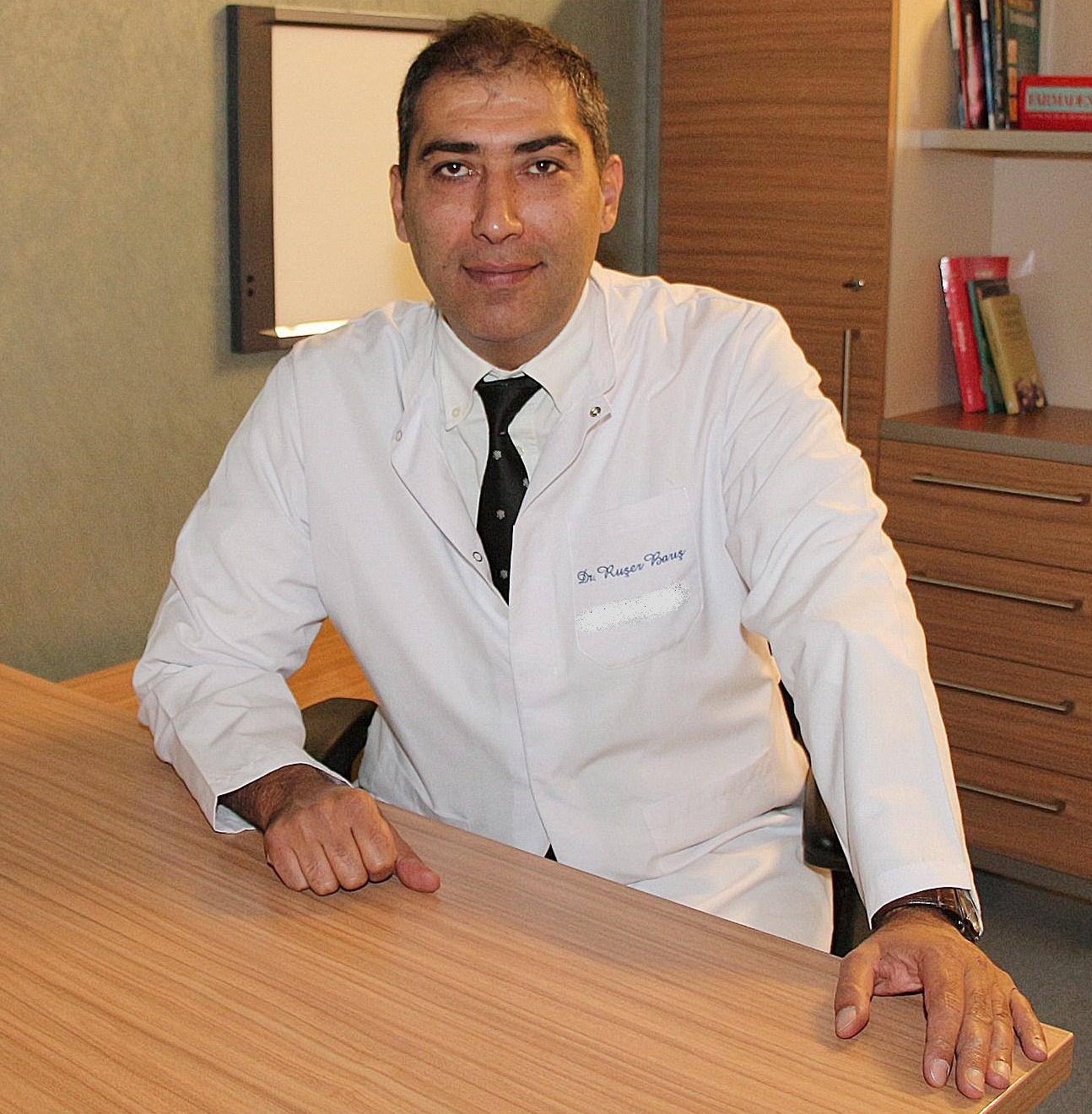Face-lift
Facelift, clinically known as rhytidectomy, is an operation used to reduce facial wrinkles and other signs of aging to improve the overall appearance of the whole face. Facelift surgery helps to reverse the harmful effects of exposure to time, stress and environmental factors. With this operation, we take the tissues under the face skin to their old positions to create a more aesthetically pleasing contour and stimulate the face structure. Then the excess fat and skin that can contribute to the elderly, tired look is also removed from the body.
An experienced, skilled plastic surgeon will perform this operation with an artistic eye and extraordinary care, so that patients will achieve beautiful, natural looking results. In addition to the traditional full face lifting, there are many minor treatments used for certain areas of the face. In most cases, you may need to use advanced, minimally invasive techniques to minimize discomfort, duration of healing, and incision.
For most patients, facelift surgery is an excellent investment that provides a fresher, younger look for years to come. A long-term follow-up study published in 2014 showed that 68.5 percent of patients who underwent facelift surgery rated their current healing rate as very good or beyond expectations, and that the same group of patients, at least 10 years of post-operative rejuvenation, stated.
Facelift surgery is an effective way to improve the appearance and increase self-confidence, but not for everyone. Some patients may perform cosmetic purposes with a noninvasive procedure such as chemical peeling or microdermabrasion. Others may be happier than the results if they combine facelift surgery with other procedures such as neck stretching or brow lift. Facelift is more pleased with the results of the patients who understand the facilities and limitations of the surgeon.
The best candidates for face lift should have realistic expectations and be willing to follow the pre- and post-surgery guidelines told by plastic surgeons. After the examination, we inform our patients whether they are a good candidate for face lift or whether another procedure should be preferred.
Ideal candidates for facelift surgery share some important features.
Factors that can affect whether a person is a good candidate for facelift surgery include:
Skin Flexibility: A good face lift candidate is a patient with skin that maintains its natural softness and flexibility. This is important because during surgery the surgeon stretches a hundred feet to reduce the appearance of wrinkles.
Strong bone structure: An ideal facelift candidate should have adequate bone structure to provide support and achieve satisfactory results. Patients with less specific features may benefit from facelift alternative surgery or face implants.
Realistic expectations: The candidate who wishes to undergo this surgery must understand the boundaries of facial plastic surgery procedures. Consultation with a qualified plastic surgeon will help the patient get the necessary information to make the right decision about the operation.
Good health condition: A good facelift candidate should usually be healthy and report any medical condition that is available to the surgeon. Face lift is an invasive procedure requiring a serious recovery process, so it is very important that the patient is physically ready for surgery.
Loose skin on the face or neck: Facelift wants to remove the candidate typically from the face or neck of excess skin, tighten the skin and reduce the appearance of wrinkles. The surgeon stretches loosely around the skin during the procedure.
Is Facelift Surgery Age Restricted?
Age is not the most important factor in determining candidacy for facelift surgery; skin elasticity and general health status are far more important criteria than age. The majority of patients undergoing facelift surgery have ages ranging from 40 to 70 years. However, the surgeon can benefit from people over 70 years of age. Your plastic surgeon evaluates the skin texture and condition of each patient to make individual judgments and recommendations about fitness for facelift surgery.
MINI FACE LIFT
Mini-facelift surgery is an effective method for removing wrinkles and wrinkles in the lower third from the periphery of the ear using smaller incisions. The skin tissue in the cheek area is lifted and the underlying sagging tissue is removed by special stitches and finally the excess skin is removed and the procedure is completed. Thus, the sagging in the lower face area is corrected and the natural appearance of the jaw is achieved.
Mini facelift surgery can be done for both men and women since it addresses the most basic signs of aging
Benefits
Minimal Trace – Sections are easily hidden in your natural facial lines and hair lines.
Minimal Side Effects – Mini face lift results in less swelling, redness and sensitivity compared to a more extensive face lift operation.
Self-confidence – Trusting yourself about your appearance can make a serious difference in your life quality.
Anesthesia – Mini face lift can be done with local anesthesia so that the patient remains conscious throughout the procedure without feeling pain. The procedure takes much less time than full facelift surgery.
It is important to know that despite the “mini” distinction of the mini facial germ, it gives significant results.
Postoperative Period
Some patients may return to normal life a week after surgery, but in some patients swelling and other side effects may take several weeks to heal.
Mini face lift surgery is done with local anesthesia as an outpatient procedure and there is no need to stay in hospital and patients can return home the same day.
Patients are called for control one day after the operation. Follow-up appointments are then planned to monitor healing. After about a week, your stitches are removed.
Patients experience side effects such as bruising, swelling, redness, tenderness, loss of temporal sensation and discomfort during the weeks following mini aesthetic surgery intervention. The feeling of tension due to the repositioning of the percentages may take several weeks.
You will have to avoid any kind of strenuous activity that could significantly increase your heart rate during the week following surgery.


